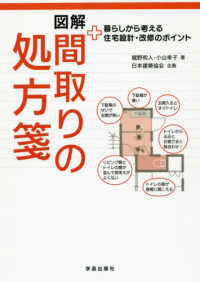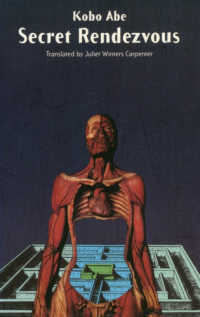Full Description
Curriculum and pedagogy are the heartbeat of our schools. They encompass what we do and do not teach-what content and approaches we either choose or are mandated to choose, or leave out or are mandated to leave out. Curriculum entails the overall educational experience of schooling, while pedagogy is the art and craft of teaching-or the translation of curriculum into student knowledge and growth. Hence, curriculum and pedagogy are sociocultural phenomena that impact and are impacted by context (e.g., students, community, colleagues, geography, etc.).
Once upon a time, curriculum and pedagogy were the spaces in which educators could exercise creativity and exploration, reflecting the individual needs of their students and communities. However, as political structures shifted and the standards movement took hold in the late 20th century, freedoms around curriculum and pedagogy began to fade with increased oversight over and standardization of "best practices" with greater emphasis placed on performance and efficiency. Pedagogical practices were soon framed around producing results (test scores, graduation rates, measurable learning objectives derived from prescribed state standards), while curriculum became a prescribed structure formatted to reflect state standards with an eye toward test performance. Curriculum and pedagogy were further impeded by hegemonic forces calling for censorship of teaching and curriculum, such as the ban on Ethnic Studies in Tucson, Arizona, and continued attacks on Critical Race Theory nationwide. Further, curriculum became a tool for concealing and/or silencing the experiences and voices of our diverse students, educators, and communities. The results of these phenomena are teachers feeling uninspired and deprofessionalized and students feeling devalued and unheard-especially marginalized students.
Since curriculum and pedagogy directly impact the experiences of teachers and students, they must be transformed. However, how do we do that within today's tenuous PreK-12 environment? How do we transform curriculum and pedagogy so that they reflect, liberate, and ensure justice for students and educators in preschools, elementary schools, middle schools, high schools and the content areas taught within them? Moving from Traditional to Transformative Curriculum and Pedagogy addresses these challenges by providing clear and direct guidance for current and aspiring educators committed to transforming the status quo in their classrooms and schools.
Innovative and creative methodologies and practices that aspiring and practicing educators can use right away are the primary focus of this book. Because the editors and contributors are former or current PreK-12 practitioners and/or education scholars, this book is written for a broad educational audience. The editors and contributors provide preservice and practicing teachers entry points for transforming the educational landscape in favor of liberatory, transformative practices in PreK-12 schools across grade levels, content areas, school types, and geographic regions. Additionally, this book is ideal for teacher preparation programs as well as PreK-12 professional development, as this book guides readers through theoretical and empirical discussions, supported by hands-on applications that enable real-time application, and concludes with interactive features, like case studies, extension activities, and discussion prompts.








